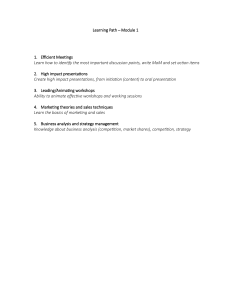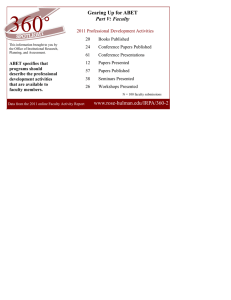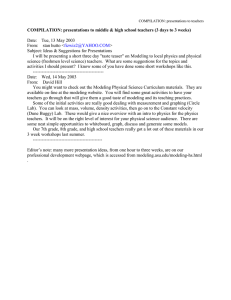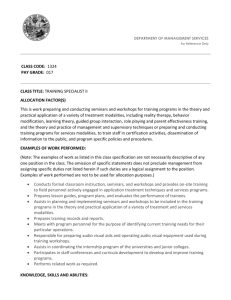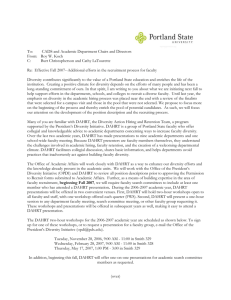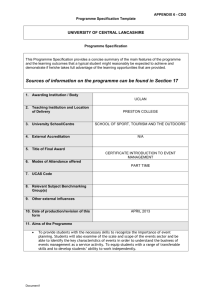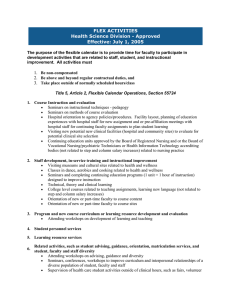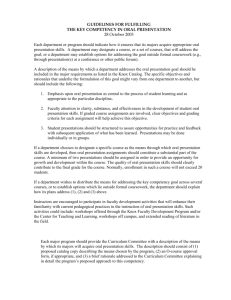7 Strategies for Community Change
advertisement
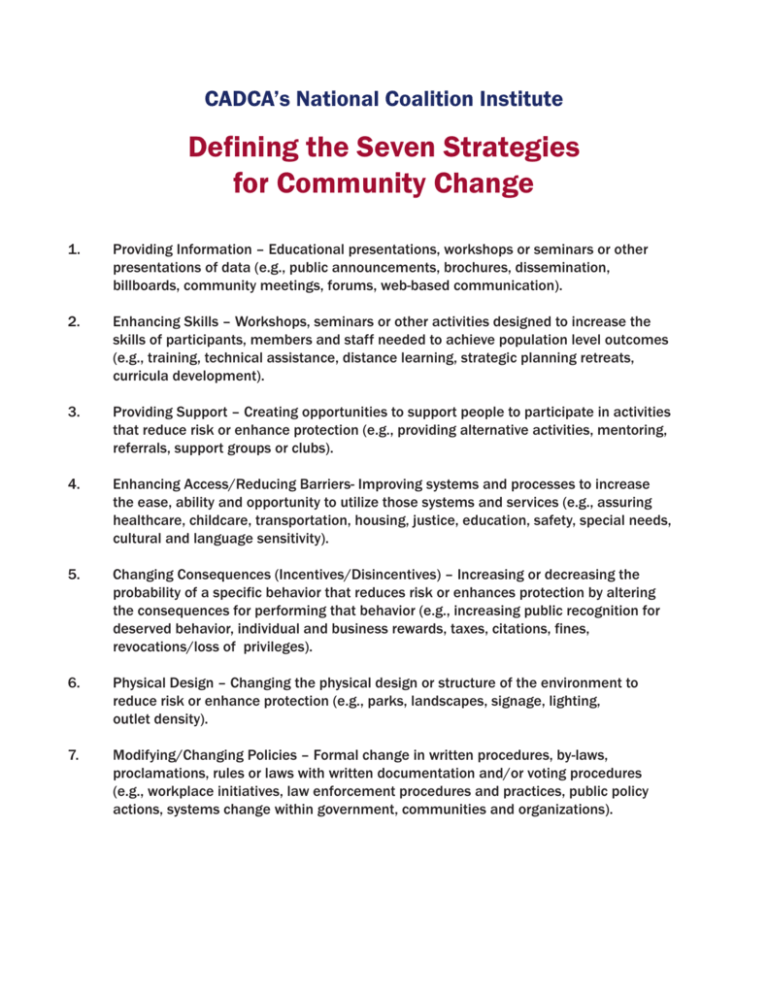
CADCA’s National Coalition Institute Defining the Seven Strategies for Community Change 1. Providing Information – Educational presentations, workshops or seminars or other presentations of data (e.g., public announcements, brochures, dissemination, billboards, community meetings, forums, web-based communication). 2. Enhancing Skills – Workshops, seminars or other activities designed to increase the skills of participants, members and staff needed to achieve population level outcomes (e.g., training, technical assistance, distance learning, strategic planning retreats, curricula development). 3. Providing Support – Creating opportunities to support people to participate in activities that reduce risk or enhance protection (e.g., providing alternative activities, mentoring, referrals, support groups or clubs). 4. Enhancing Access/Reducing Barriers- Improving systems and processes to increase the ease, ability and opportunity to utilize those systems and services (e.g., assuring healthcare, childcare, transportation, housing, justice, education, safety, special needs, cultural and language sensitivity). 5. Changing Consequences (Incentives/Disincentives) – Increasing or decreasing the probability of a specific behavior that reduces risk or enhances protection by altering the consequences for performing that behavior (e.g., increasing public recognition for deserved behavior, individual and business rewards, taxes, citations, fines, revocations/loss of privileges). 6. Physical Design – Changing the physical design or structure of the environment to reduce risk or enhance protection (e.g., parks, landscapes, signage, lighting, outlet density). 7. Modifying/Changing Policies – Formal change in written procedures, by-laws, proclamations, rules or laws with written documentation and/or voting procedures (e.g., workplace initiatives, law enforcement procedures and practices, public policy actions, systems change within government, communities and organizations).
